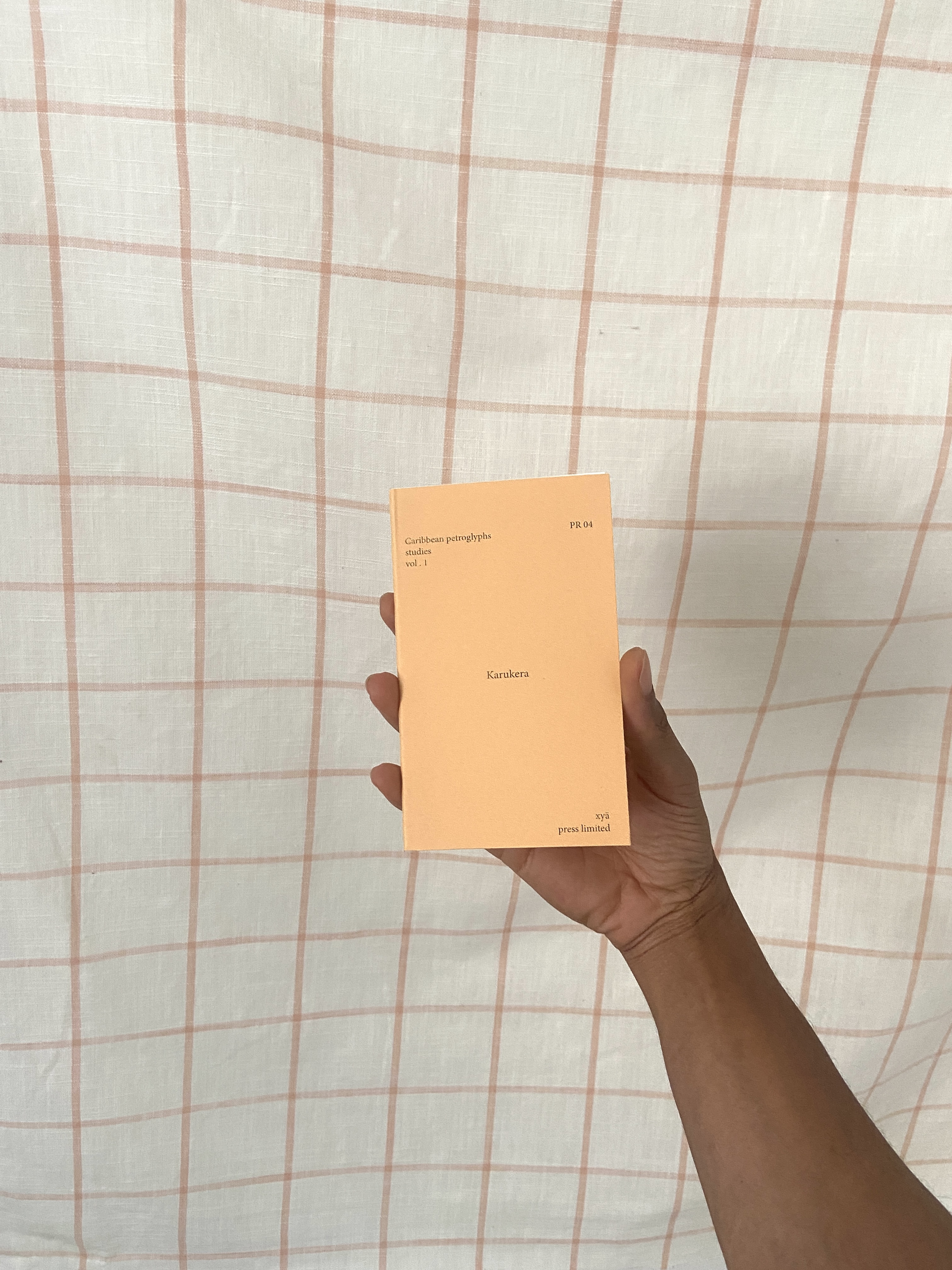
Caribbean petroglyphs studies vol.1: Karukera
by Allan Gilbert Balon
The Arawaks were an Amerindian people who lived throughout the Caribbean between 4000 and 2000 BC, using the Orinoco as a pathway to the coast. They were the first inhabitants of Guadeloupe, which they originally named Karukera, meaning "island of beautiful waters." Like many other communities in this latitude, they formed some of the first societies of abundance, reflecting their environment.Victims of Spanish and French colonization starting in the 16th century, they experienced decline and near-disappearance. However, their legacy persists today in Guadeloupe, notably through the petroglyphs they left on the island. This book collects drawings of these petroglyphs made during the summer of 2019 in an area encompassing the town of Capesterre-Belle-Eau, the Bananier River, the Peru River, the Archaeological Park of Trois Rivières, Petit Carbet to the east, and the Plessis River in Bouillante.The book does not aim for completeness or scientific precision, and the drawings are presented randomly, without any direct reference to their exact geographical location. It is the natural gesture of imitation, a desire for direct knowledge, and a fraternal gathering that brings these drawings together.
A 20-page book printed, 10 x 15 cm Language: English